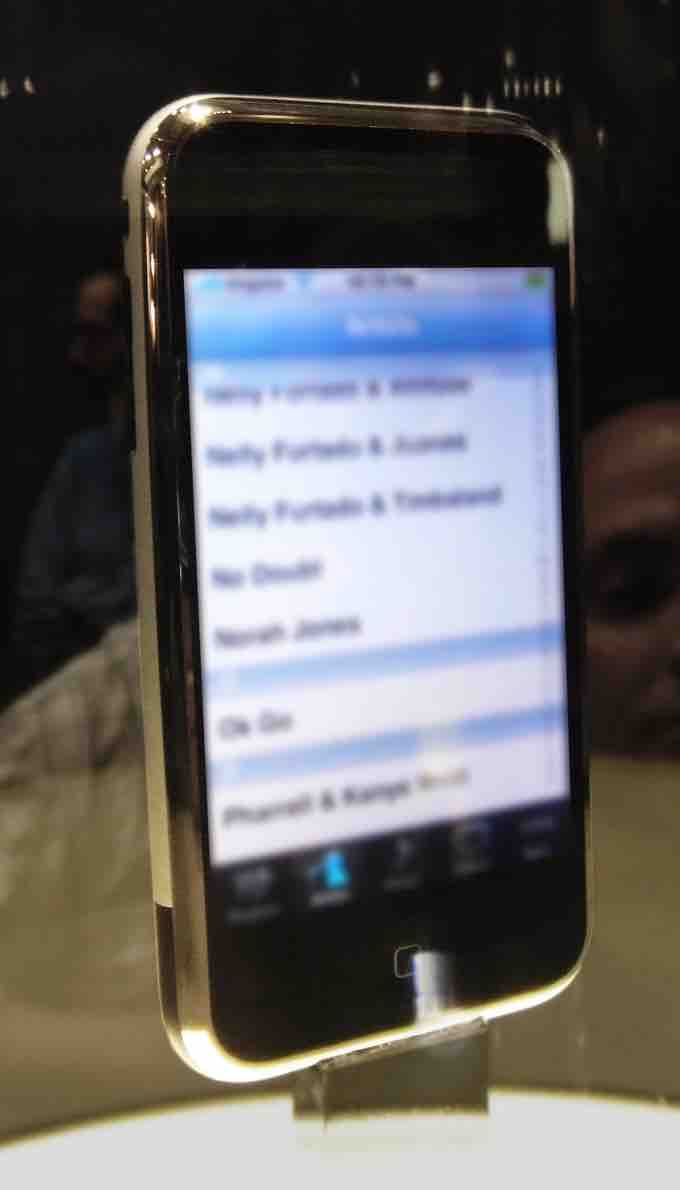Mobile Consumer Behavior
Social media applications used on mobile devices are called mobile social media. In comparison to traditional social media accessed on computers, mobile social media display a higher location- and time-sensitivity. One can differentiate between four types of mobile social media applications, depending on whether the message takes account of the specific location of the user (location-sensitivity) and whether it is received and processed by the user instantaneously or with a time delay (time-sensitivity).
- Space-timers (location and time sensitive): Exchange of messages with relevance for one specific location at one specific point in time (e.g., Facebook Places; Foursquare)
- Space-locators (only location sensitive): Exchange of messages, with relevance for one specific location, which are tagged to a certain place and read later by others (e.g.,Yelp; Qype)
- Quick-timers (only time sensitive): Transfer of traditional social media applications to mobile devices to increase immediacy (e.g., posting Twitter messages or Facebook status updates)
- Slow-timers (neither location, nor time sensitive): Transfer of traditional social media applications to mobile devices (e.g., watching a YouTube video or reading a Wikipedia entry)
Since these social media applications can be used on mobile devices, they are a good target for social media marketing. For example, SMS marketing has become increasingly popular. Consumers can receive text messages about sales and promotions at their favorite stores, restaurants, night clubs, etc. Typically, people can click on a link that will direct them to the website. People are able to make purchases through the convenience of their phones.
MMS mobile marketing can contain a timed slideshow of images, text, audio, and video. Nearly all new phones produced with a color screen are capable of sending and receiving standard MMS messages. Brands are able to both send and receive rich content through MMS A2P (application-to-person) mobile networks to mobile subscribers. In some networks, brands are also able to sponsor messages that are sent P2P (person-to-person). Good examples of mobile-originated MMS marketing campaigns are Motorola's ongoing campaigns at House of Blues venues, where the brand allows the consumer to send their mobile photos to the LED board in real time, as well as post their images online.
Push notifications were first introduced by Apple with the advent of the iPhone in 2007. They were further popularized with the Android operating system, in which notifications are shown on the top of the screen. It has helped application owners communicate directly with their end users in a simple and effective way. Users can download apps and receive notifications about promotional activities. Clicking on the notification sends the consumer directly to the necessary website, to learn more and perhaps make a purchase.

iPhones and Push Notifications
Push notifications were first introduced to smartphones, specifically the iPhone, as a new way to advertise to customers.
Advertising on web pages specifically meant for access by mobile devices is also an option. The Mobile Marketing Association provides a set of guidelines and standards that provide the recommended format of ads, presentation, and metrics used in reporting. Google, Yahoo, and other major mobile content providers have sold advertising placement on their properties for years. Advertising networks focused on mobile properties and advertisers are also available.